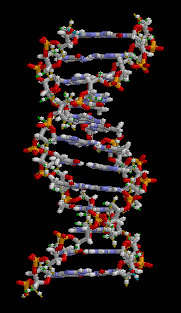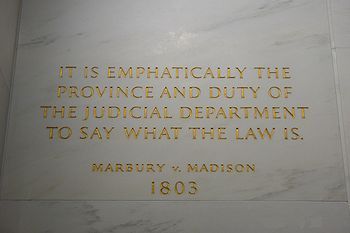This is your morning Open Thread. Pour your favorite beverage and review the past and comment on the future.
Find the past “On This Day in History” here.
March 2 is the 61st day of the year (62nd in leap years) in the Gregorian calendar. There are 304 days remaining until the end of the year.
On this day in 1836, the Republic of Texas declares its independence as in a nation from Mexico.
Formed as a break-away republic from Mexico by the Texas Revolution, the state claimed borders that encompassed an area that included all of the present U.S. state of Texas, as well as parts of present-day New Mexico, Oklahoma, Kansas, Colorado, and Wyoming based upon the Treaties of Velasco between the newly created Texas Republic and Mexico. The eastern boundary with the United States was defined by the Adams-Onís Treaty between the United States and Spain, in 1819. Its southern and western-most boundary with Mexico was under dispute throughout the existence of the Republic, with Texas claiming that the boundary was the Rio Grande, and Mexico claiming the Nueces River as the boundary. This dispute would later become a trigger for the Mexican-American War, after the annexation of Texas by the United States.
Establishment
The Republic of Texas was created from part of the Mexican state Coahuila y Tejas. Mexico was in turmoil as leaders attempted to determine an optimal form of government. In 1835, when President Antonio Lopez de Santa Anna abolished the Constitution of 1824, granting himself enormous powers over the government, wary colonists in Texas began forming Committees of Correspondence and Safety. A central committee in San Felipe de Austin coordinated their activities. In the Mexican interior, several states revolted against the new centralist policies. The Texas Revolution officially began on October 2, 1835, in the Battle of Gonzales. Although the Texians originally fought for the reinstatement of the Constitution of 1824, by 1836 the aim of the war had changed. The Convention of 1836 declared independence on March 2, 1836, and officially formed the Republic of Texas.

 On this day in 1961, President John F. Kennedy issues Executive Order #10924,
On this day in 1961, President John F. Kennedy issues Executive Order #10924,  The
The  DNA was first isolated by the Swiss physician
DNA was first isolated by the Swiss physician  On this day in 1827,
On this day in 1827, 

 In 1897 acting Yellowstone superintendent Colonel S.B.M. Young proposed expanding that park’s borders south to encompass the northern extent of Jackson Hole in order to protect migrating herds of elk. Next year,
In 1897 acting Yellowstone superintendent Colonel S.B.M. Young proposed expanding that park’s borders south to encompass the northern extent of Jackson Hole in order to protect migrating herds of elk. Next year,  In 1928, a Coordinating Commission on National Parks and Forests met with valley residents and reached an agreement for the establishment of a park. Wyoming Senator
In 1928, a Coordinating Commission on National Parks and Forests met with valley residents and reached an agreement for the establishment of a park. Wyoming Senator  On this day in Japan, the Plum Blossom Festival is held. The Festival at the
On this day in Japan, the Plum Blossom Festival is held. The Festival at the 
 On this day in
On this day in  On this day in 1954, a group of
On this day in 1954, a group of  By 1910, much of the world experienced a dramatic increase in polio cases and frequent epidemics became regular events, primarily in cities during the summer months. These epidemics-which left thousands of children and adults paralyzed-provided the impetus for a “Great Race” towards the development of a vaccine. Developed in the 1950s, polio vaccines are credited with reducing the global number of polio cases per year from many hundreds of thousands to around a thousand. Enhanced vaccination efforts led by the World Health Organization, UNICEF, and Rotary International could result in global eradication of the disease.
By 1910, much of the world experienced a dramatic increase in polio cases and frequent epidemics became regular events, primarily in cities during the summer months. These epidemics-which left thousands of children and adults paralyzed-provided the impetus for a “Great Race” towards the development of a vaccine. Developed in the 1950s, polio vaccines are credited with reducing the global number of polio cases per year from many hundreds of thousands to around a thousand. Enhanced vaccination efforts led by the World Health Organization, UNICEF, and Rotary International could result in global eradication of the disease. On this day in 1965,
On this day in 1965, 
 On this day in 1942,
On this day in 1942,